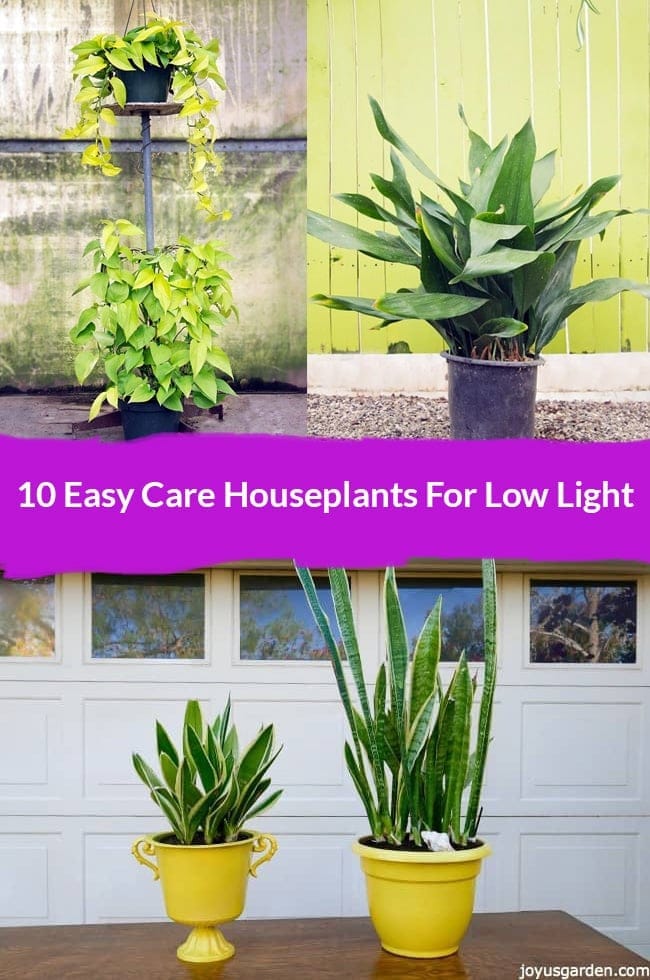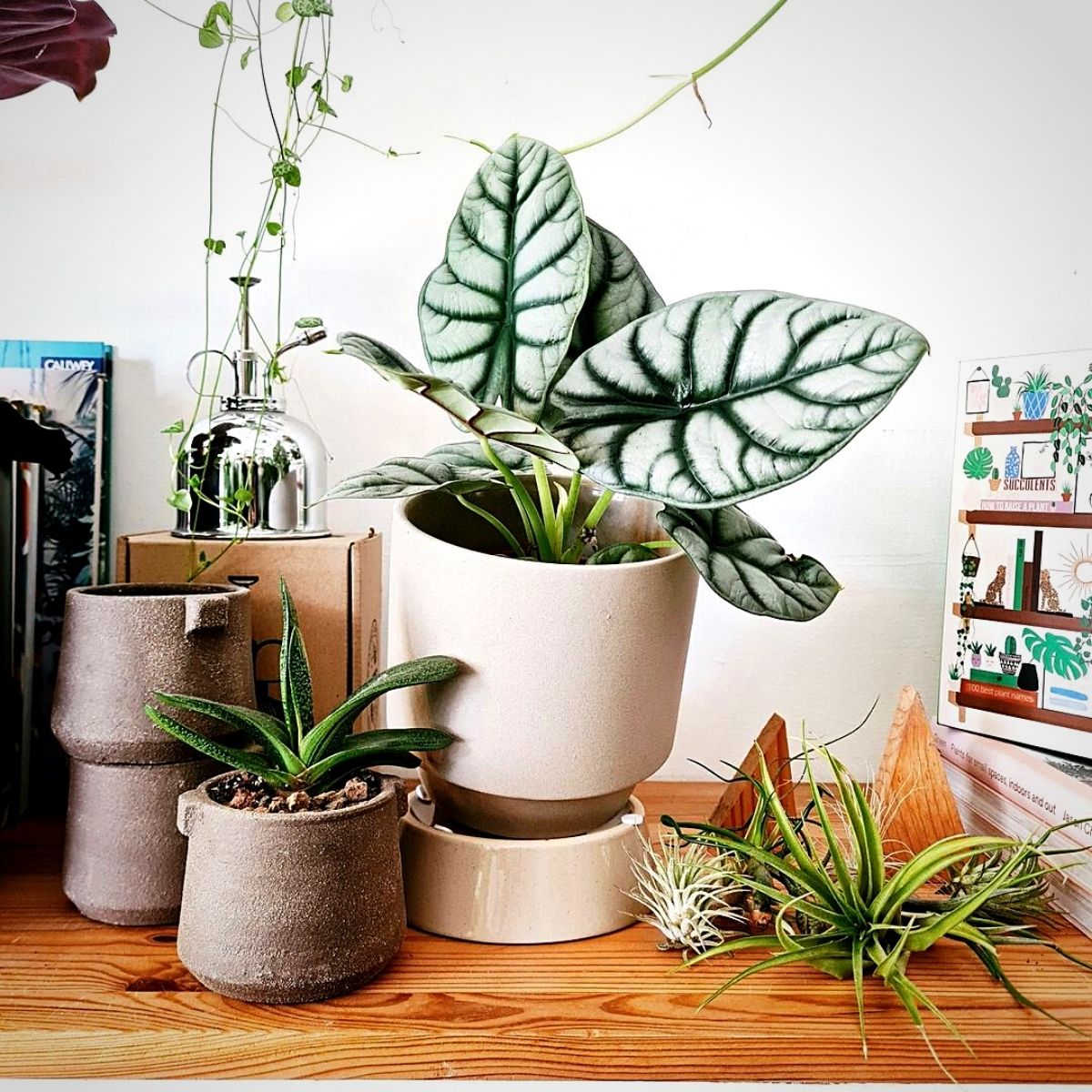A Guide to the Best Low-Light Indoor Plants for Small Spaces
Discover the very best Low-Light Indoor Plants for Enhancing Your Home Decoration
Including low-light interior plants right into your home design can significantly boost both aesthetics and ambience, particularly in areas that do not have bountiful natural light. Ranges such as the Serpent Plant and ZZ Plant not only bring life to lower corners yet also add to enhanced air quality and overall well-being.

Why Pick Low-Light Plants
Why select low-light plants in your indoor rooms? The contemporary living environment frequently provides obstacles such as restricted natural light, making it tough for conventional houseplants to prosper. Low-light plants are especially adjusted to thrive and survive in these problems, offering a practical service for people seeking to enhance their indoor rooms without the added stress and anxiety of preserving extra light-demanding plants.
Along with their resilience, low-light plants add considerably to the looks of a room. Their diverse series of sizes, forms, and shades enables for unique interior decoration opportunities, developing inviting and dynamic environments. Furthermore, indoor plants are known for their air-purifying top qualities, improving indoor air quality by filtering system toxic substances and launching oxygen, which can boost total health.
Low-light plants also need marginal upkeep, making them especially appealing to hectic individuals or those brand-new to horticulture. Their flexibility enables placement in numerous environments, from workplace to poorly lit corners of the home. By selecting low-light plants, you can appreciate the benefits of greenery without the constraints that commonly come with traditional gardening, eventually cultivating a healthier and much more visually appealing indoor environment.
Leading Low-Light Indoor Plants
For those looking for to improve their interior spaces with greenery that prospers in low-light problems, several plant choices stick out for their durability and visual charm. The Serpent Plant (Sansevieria trifasciata) is a prominent choice, known for its upright, sword-like leaves and ability to endure disregard. This durable plant can make it through in dimly lit locations while enhancing interior air high quality.
Another superb choice is the Pothos (Epipremnum aureum), defined by its heart-shaped fallen leaves and tracking creeping plants. Pothos is not just adaptable to reduced light yet likewise uses a striking visual contrast when positioned on shelves or hanging baskets.
The ZZ Plant (Zamioculcas zamiifolia) is just as impressive, boasting glossy, dark green leaves that can cheer up any type of corner. Its drought resistance makes it excellent for active home owners.
Care Tips for Low-Light Plants
How can you make sure that your low-light interior plants thrive regardless of restricted sunlight? First, pick the suitable potting mix that gives good drain while retaining dampness. A well-aerated dirt, such as a mix of potting soil and perlite, can aid stop origin rot.
Watering is important; low-light plants usually require less regular watering contrasted to their sun-loving equivalents. Constantly check the top inch of the dirt-- if it feels dry, it's time to water. Be cautious of overwatering, as this can result in fungal concerns and root degeneration.
Fertilizing low-light plants need to be done sparingly - Best low-light indoor plants. Make use of a well balanced, water-soluble fertilizer during the growing season, however lower or eliminate fertilization in the dormant months
Furthermore, dust can collect on fallen leaves, hindering photosynthesis. Delicately wipe the leaves with a moist towel to keep them clean.
Finally, observe your plants carefully. Indications of distress, such as yellowing fallen leaves or leggy growth, can show that your plant requires changes in treatment (Best low-light indoor plants). By following these treatment tips, your low-light indoor plants can thrive, including charm and vigor to your home
Innovative Ways to Show Plants
Elevating the aesthetic allure of your interior space can be achieved by attentively presenting your low-light plants in innovative methods. Consider using upright area to your advantage; wall-mounted shelves can display tracking plants like pothos or philodendron, adding lushness while conserving flooring space. Resources Alternatively, make use of plant stands of differing heights to produce visual interest and deepness, attracting the eye upwards.
Hanging planters are an additional superb choice, supplying a remarkable result when suspended from the ceiling or hooks. Macramé hangers can introduce structure and bohemian style, while modern-day ceramic wall mounts can suit a minimalist visual. For a much more innovative strategy, repurpose special containers such as vintage teacups or glass containers, which can add character to your display.
Organizing plants in collections is also reliable; use differing pot dimensions and colors to develop a cohesive look. This approach not just enhances visual influence however additionally offers an all-natural habitat feeling - Best low-light indoor plants. Think about placing plants near light sources like home windows or lights to maximize their development and showcase their lively foliage, therefore boosting the overall setting of your indoor setting.
Benefits of Indoor Plant
Many studies have actually demonstrated that integrating indoor greenery right into your space uses a multitude of benefits, boosting both physical and mental wellness. Among the most considerable advantages of indoor plants is their capability to boost air quality. Plants soak up carbon dioxide and release oxygen, producing a healthier environment while additionally removing unsafe toxins, therefore advertising breathing health and wellness.
In addition, the presence of greenery has actually been connected to minimized anxiety levels. Research shows that engaging with plants can reduce cortisol levels, which are connected with anxiety. This soothing effect can bring about enhanced mood and increased performance, making indoor plants a suitable enhancement to work areas.
Furthermore, indoor greenery can enhance cognitive function. Studies suggest that atmospheres enriched with plants more information can cause increased emphasis, creativity, and total psychological quality. The aesthetic appeal of interior plants also adds to a much more inviting and positive atmosphere, favorably affecting social interactions and total satisfaction within a room.
Conclusion

Incorporating low-light interior plants right into your home decor can significantly enhance both aesthetic appeals and ambience, especially in areas that lack abundant all-natural light. Varieties such as the Serpent Plant and ZZ Plant not only bring life to lower edges however also add to improved air high quality and overall wellness. Interior plants are recognized for their air-purifying qualities, improving indoor air quality by filtering toxic substances and launching oxygen, which can improve total wellness.
For those looking for to boost their indoor spaces with greenery that grows in low-light problems, several plant options stand out for their durability and aesthetic charm. These resistant plants, such as the Serpent Plant and ZZ Plant, grow in dark problems and call for minimal maintenance, making them appropriate for different way of livings.